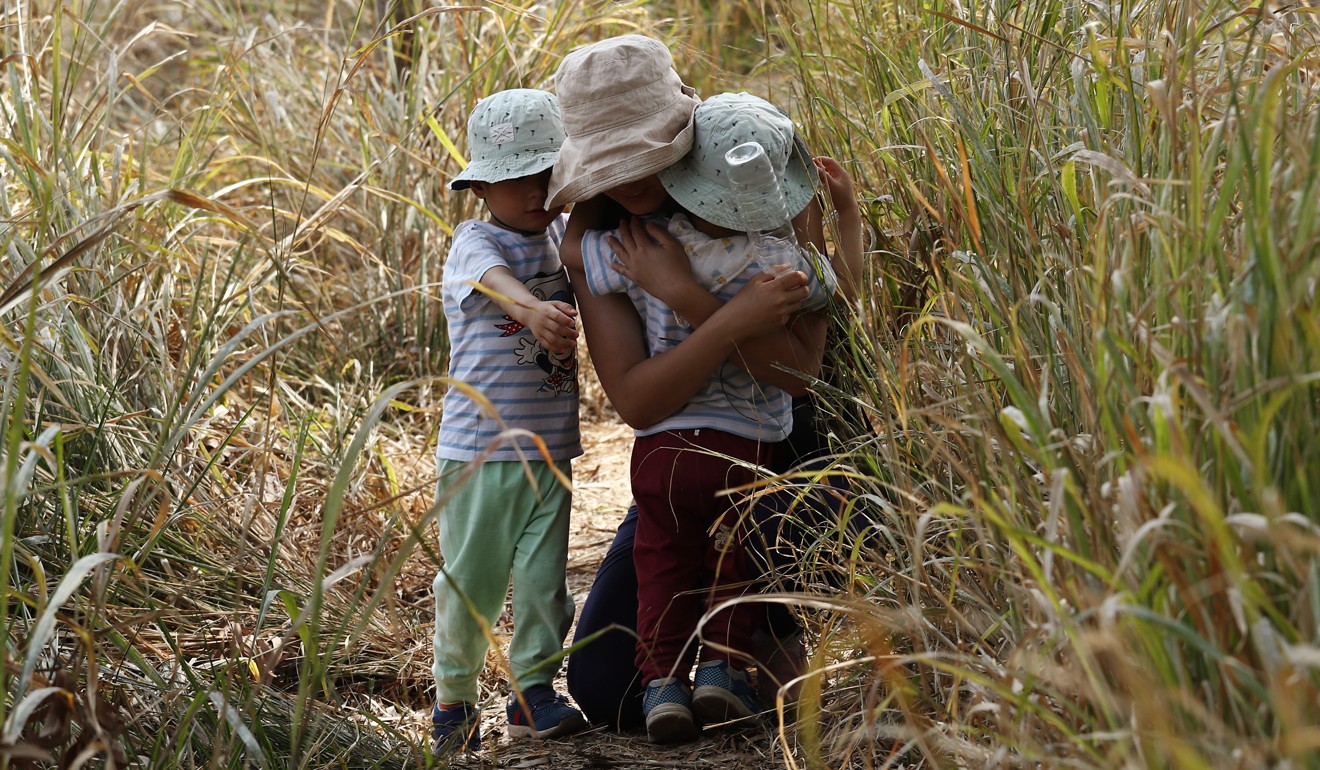
How frequent domestic helper changes might be destabilising Hong Kong’s children
Bertie Wai says given how important a secure relationship with a primary caregiver is to a child’s mental well-being, families must think carefully when they hire and fire domestic helpers
The nerve-racking season of school applications is upon us. The internet is abuzz with application-oriented attention-grabbers: from school fairs and campus visits to information sessions and bustling forum discussions around the question that launches a thousand threads: “Which school is the best?”
The strong attachment to a caregiver functions as a base from which a child can ‘afford’ to be adventurous
The American Psychological Association defines resilience as “the process of adapting well in the face of adversity” and of “‘bouncing back’ from difficult experiences”. The primary factor in resilience is “having caring and supportive relationships … that create love and trust, provide role models and offer encouragement and reassurance”.
The centrality of relationships to one’s ability to adapt and bounce back is captured in the theory of attachment in developmental psychology. Attachment theory tells us that when a child is able to form a secure relationship with a caretaker, where the child feels protected, nurtured, understood and emotionally responded to, the child feels safe. A child who feels secure has a better shot at resilience and success.
But why? Simply put, when children feel safe and secure that their needs will be met, they are in a much freer position to direct their mental resources to observe, explore and interact with the outside world. Thus, the strong attachment to a caregiver functions as a base from which a child can “afford” to be adventurous.
These exploratory activities are crucial to learning and development in young children. On the other hand, when children are worried about their safety, they might be too fearful to freely explore their environment.
Studies in neuroscience inform us of the negative ways in which stress can affect brain development and therefore learning. But we don’t need to hear that from scientists. Plenty of teachers will tell us that stressed-out children have difficulty focusing and learning in class.
The more we understand how attachment relationships unfold in the lives of Hong Kong children, the better equipped we will be as a society to reverse the course we are currently on.

To a child, a helper is not just someone who is paid to run errands. If a helper is an attachment figure, the child associates the helper with reassurance that he is safe
Of course, the extent to which a helper is responsible for childcare varies from home to home. However, if a helper is with the child all day, and feeds, bathes and dresses the child, and is the person to whom the child looks for protection and to have his basic needs met, then the helper can be assumed to be an attachment figure, along with parents and other family members who also take care of the child frequently.
What is also unique about Hong Kong is the cyclical coming-and-goings of these helpers-cum-nannies. The contractual term “till death do us part” is as obsolete in modern marriages as it is in modern employment. Compared to a grandparent or an aunt who often remains a stable presence throughout a child’s upbringing, a helper might stay on for a few years.
It is rare to learn that a child has only one helper for his entire childhood. In fact, the contrary seems far more common: a child often lives through a few different helpers in her short childhood.
To a child, a helper is not just someone who is paid to run errands. If a helper is an attachment figure, the child associates the helper with reassurance that he is safe, his needs will be taken care of, and he will be protected. Thus, the continuous presence and availability of the helper is, psychologically speaking, a matter of survival for the child, given how dependent children are.
Watch: Documentary gives voice to Hong Kong’s domestic workers
When a helper leaves, the child loses her secure base and sense of safety. If a child is comfortable with expressing her emotions, we might see her communicating her distress in noticeable ways. But there are also children who suffer an attachment loss quietly.
And if a child has to experience repeated attachment ruptures, she might give up becoming attached to helpers to avoid future distress. Of course, the impact of such ruptures will be mitigated if there are other significant attachment figures in the child’s life. However, the negative impact of relationship ruptures should never be overlooked.
When it comes down to individual family units, while there are understandably many concerns in the hiring and firing of a helper, it is important for a family to take into consideration the interplay between attachment and well-being.
Dr Bertie Wai is a clinical psychologist at Beautiful Mind Therapy and Family Services in Central. She provides therapy to children, teens, adults and couples, as well as parenting consultation

